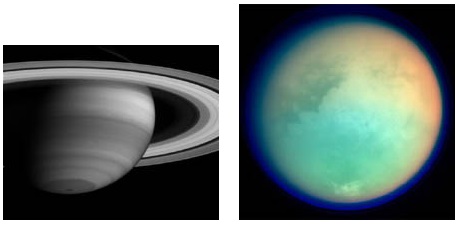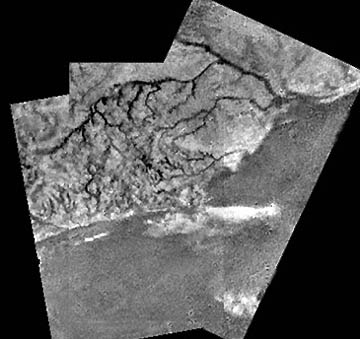

January 21, 2005 Tucson, Arizona - On January 14, 2005, the European Space Agency's (ESA) Huygens probe finally landed on the surface of Saturn's mysterious and cloud-covered moon, Titan. ESA engineers said Huygens is "the furthest human-made object that has touched down on an alien world, the only moon in the solar system with a thick atmosphere." Titan is Saturn's largest moon of at least 33 moons counted so far and is larger than the planets, Mercury and Pluto. As the Huygens probe fell by parachute through the strange moon's atmosphere at speeds ranging from 150 meters per second down to 5 meters per second, earth scientists were surprised that the probe kept losing orientation lock on the sun. Later it was decided that the lock problem and whooshing sounds from the probe's microphone were caused by winds on the moon that buffeted Huygens as it descended. That means Titan even has weather.
Click here to subscribe and get instant access to read this report.
Click here to check your existing subscription status.
Existing members, login below:
© 1998 - 2024 by Linda Moulton Howe.
All Rights Reserved.

